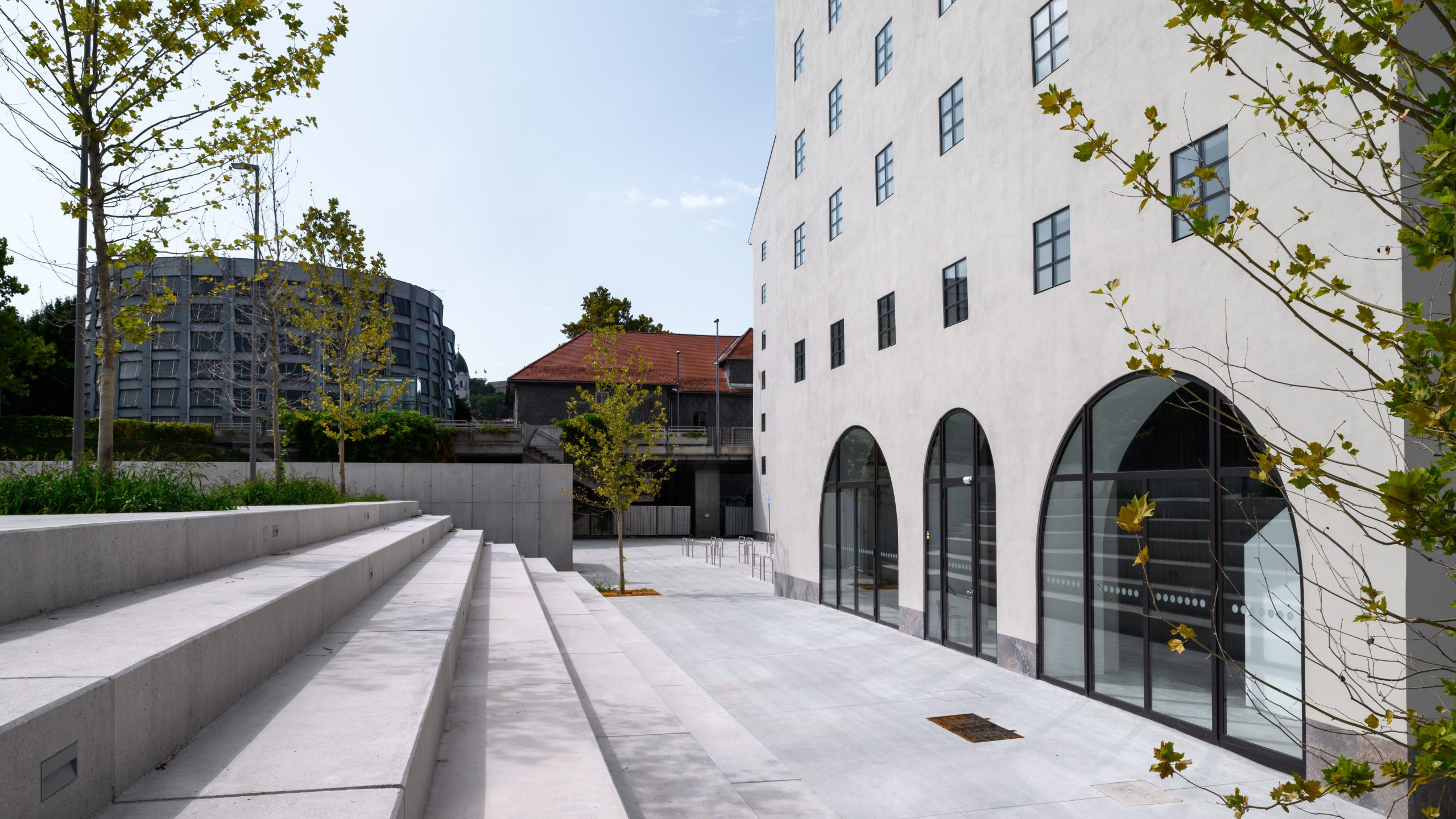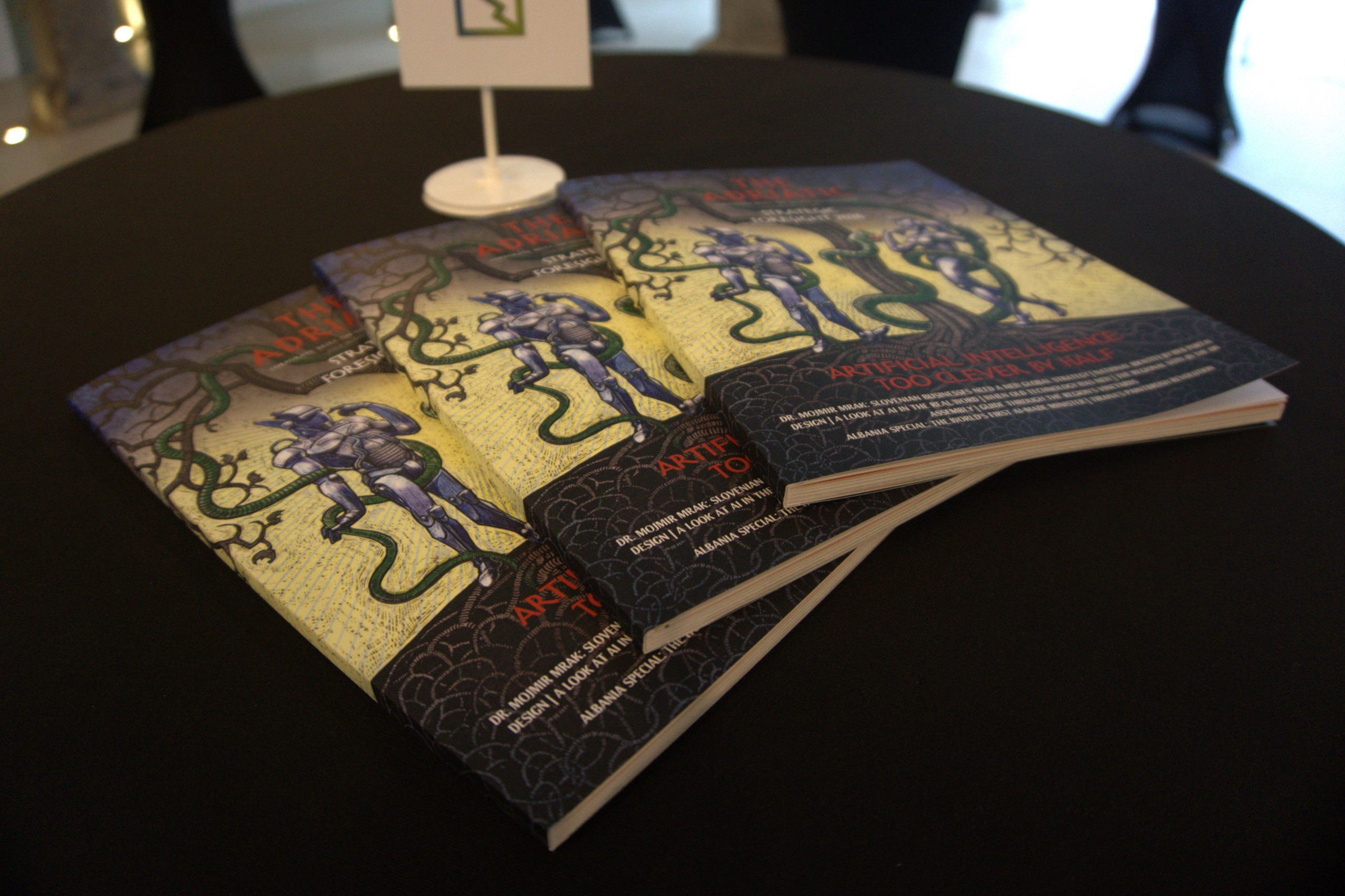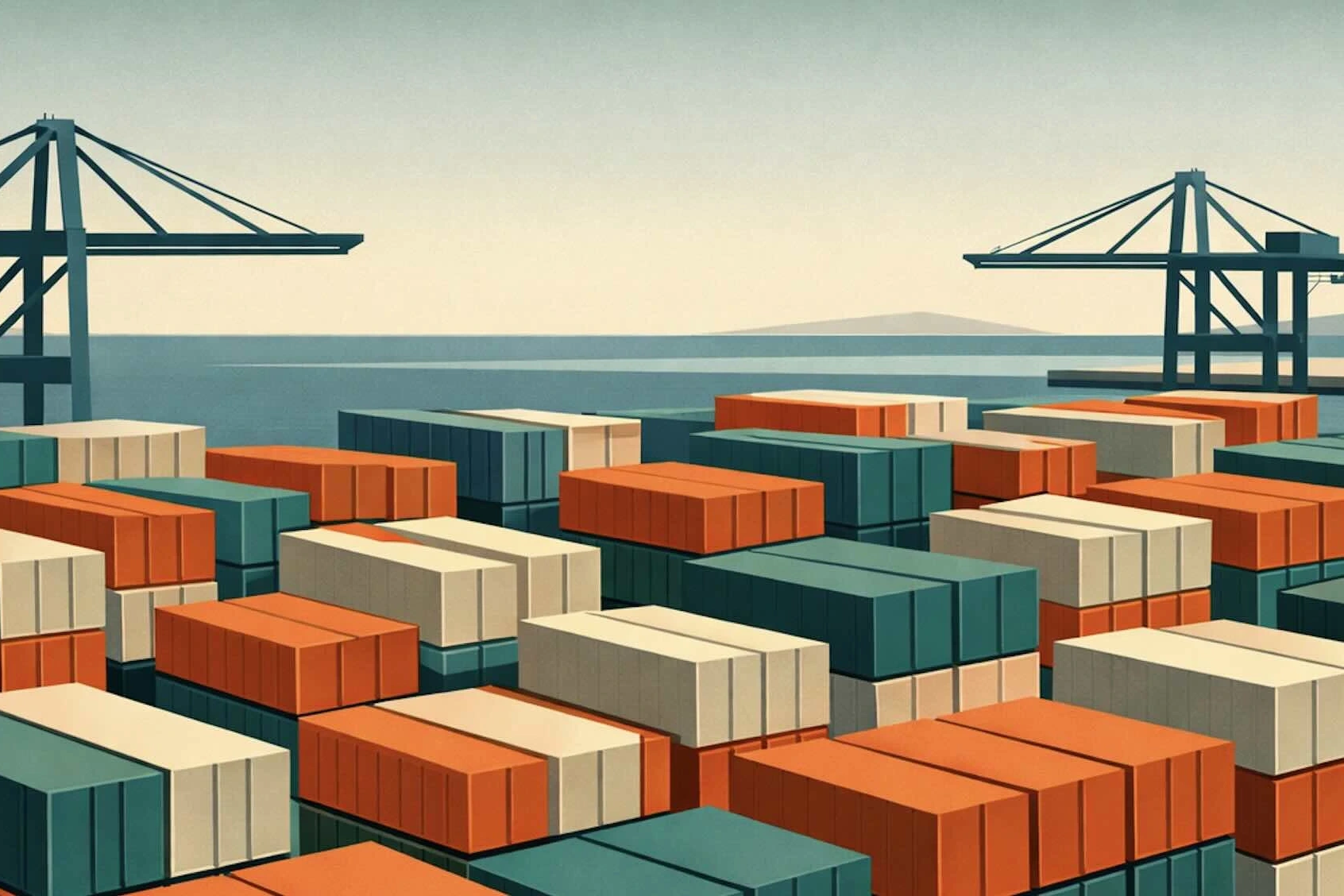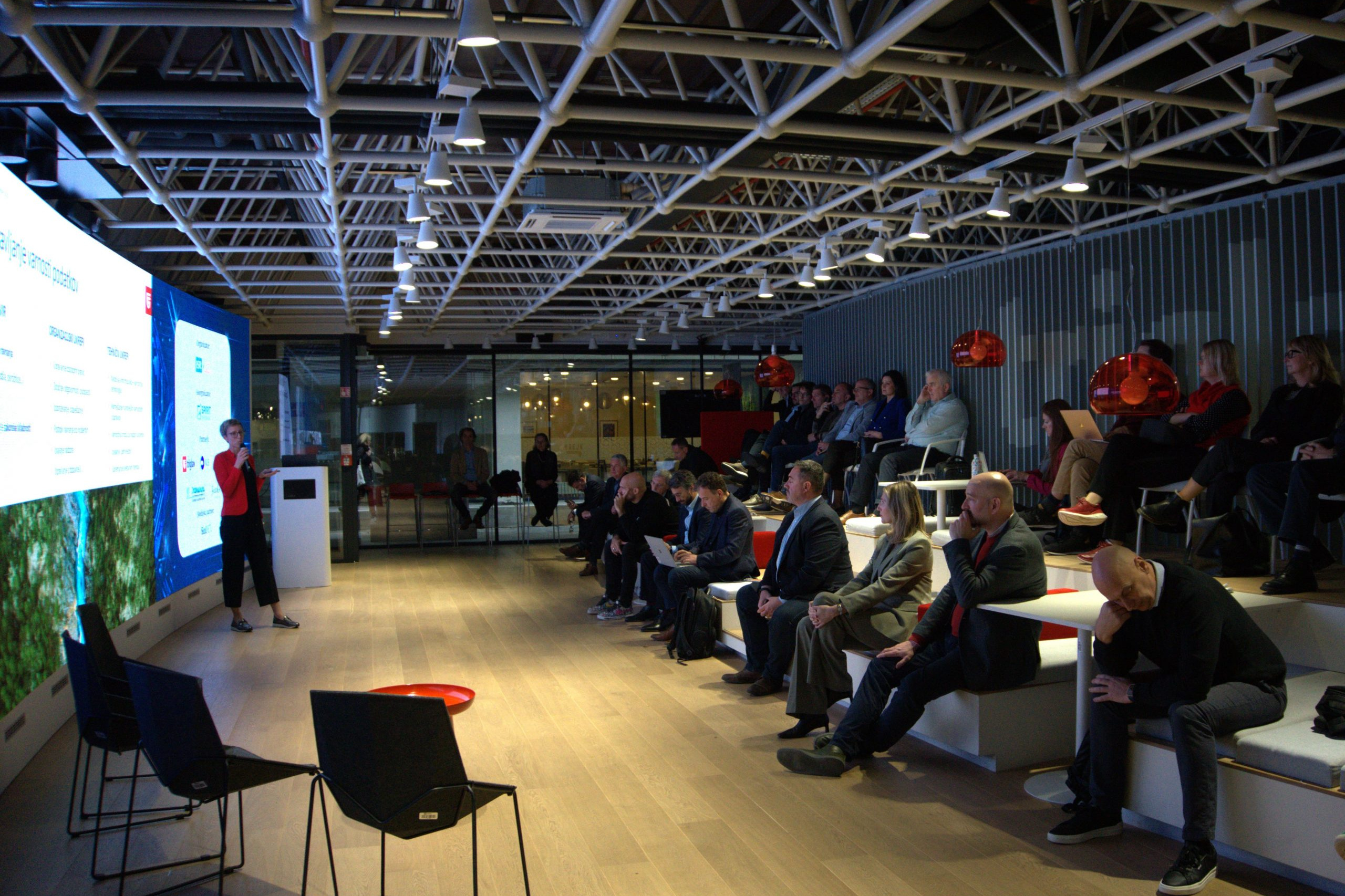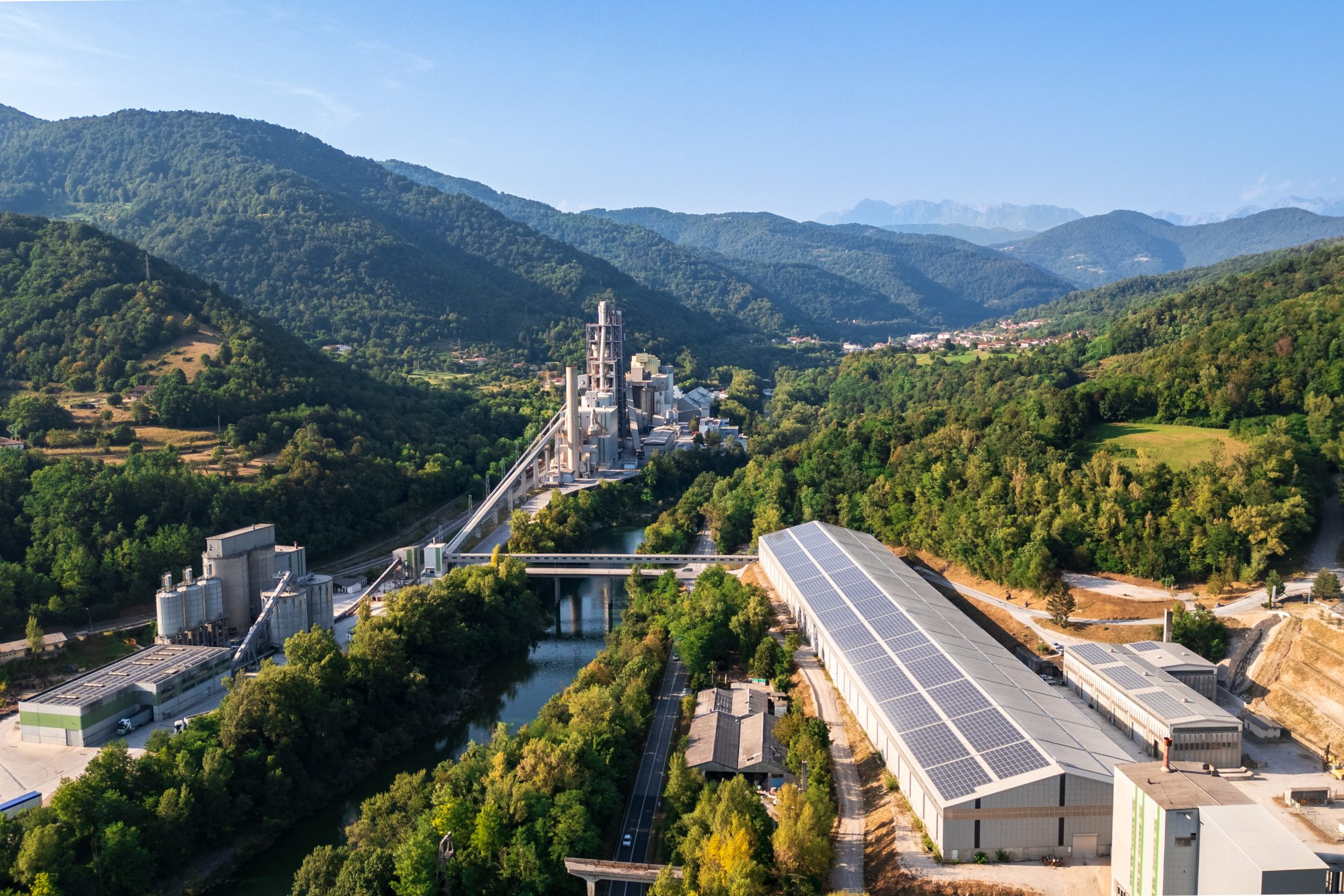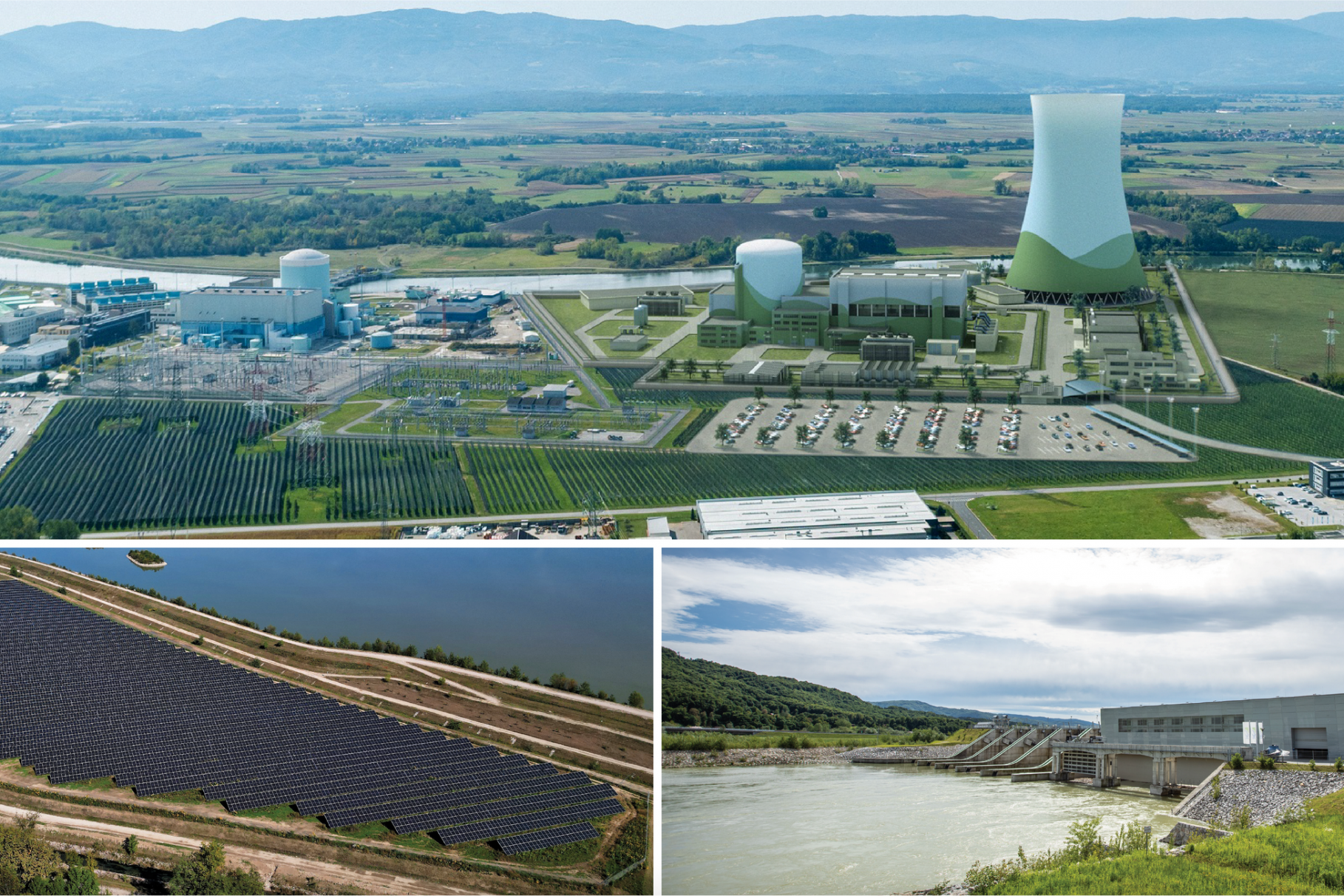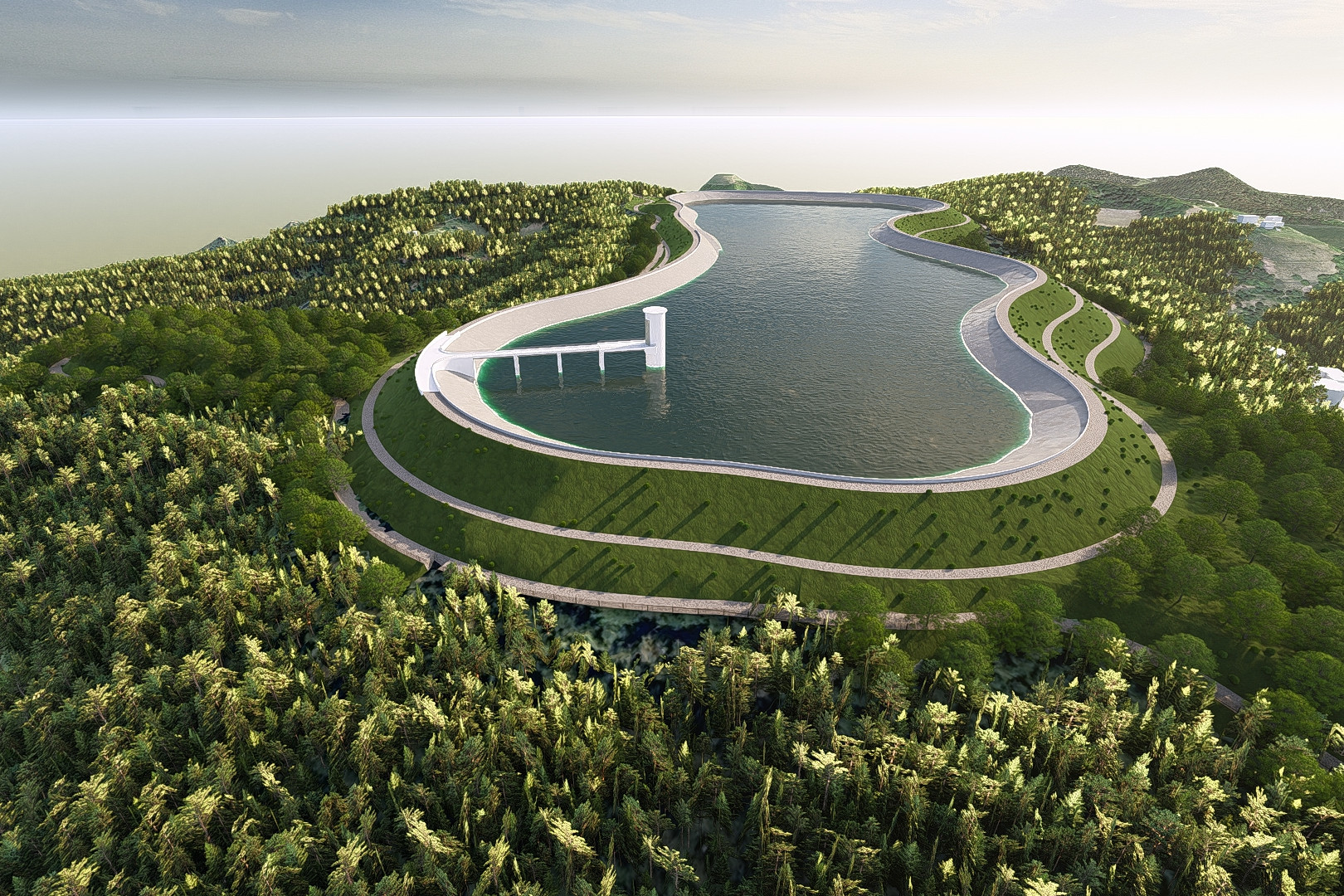Ljubljana's cultural monument
Cukrarna, a New Space for Contemporary Art
Barbara Matijašič
JOURNALIST AT THE ADRIATIC
Since September 2021, Ljubljana is richer for a new space for creation and presentation of contemporary art. The newly renovated Cukrarna is one of the most monumental examples of industrial architecture in Ljubljana, a source of inspiration for a leading quartet of modernists, a modern exhibition space, and also an urban landmark that invites us to stroll along the Ljubljanica river to the eastern edge of the city centre.
Constructed in just a few months in 1828, Cukrarna began life as a sugar refinery. It was here that the first steam engine within the borders of present-day Slovenia got up steam for the first time in 1835. The building has been remodelled several times over the course of its existence, with its various transformations dictated by the numerous different uses to which it was put over the decades. Following a serious fire in the refinery in 1858, Cukrarna was converted to a tobacco factory, and then to a textile factory. Later, it was used as a barracks for soldiers. Following the great earthquake of 1895, which it survived thanks to its durable construction, it was increasingly used as emergency housing for the most vulnerable classes of the Ljubljana’s residents. The symbolic identity of Cukrarna was significantly influenced by Slovene modernist writers (Dragotin Kette, Josip Murn, Ivan Cankar, Oton Župančič, Ivan Prijatelj, Cvetko Goljar, Radivoj Petruška, among oth- ers), whose works contain frequent references to the state of the building.
A New Era for Cukrarna
In 2008, the City of Ljubljana purchased a site and, from 2018 to 2021, restored and renovated the building In accordance with plans drawn up by the architecture studio Scapelab. Cukrarna is now managed by the Museum and Galleries of Ljubljana, a public institution.
Due to Cukrarna’s status as a cultural monument, the building work took a conservative approach in which the appearance of the roof and the original outer walls with their 366 windows have been retained. A steel structure was inserted into the shell to support four white-cube gallery spaces. This structure is suspended from the roof and does not come into contact with either the ground or the external walls. A basement floor wasadded to the building, below the level of the Ljubljanica riverbed.
Though officially protected as an important piece of industrial heritage, Cukrarna has not exactly been known for its architectural beauty in its recent history. Indeed, the main reason it was preserved at all for so long – nearly two centuries – was its status as Ljubljana’s biggest building, at 5679 m2. Now, though, thanks to this major renovation, Cukrarna has finally come into its own as an interesting architectural achievement in its own right.
CUKRARNA IN NUMBERS
- 366 windows
- 5679 m2 – total surface area
- 1828 – year of construction
- 1858 – sugar refinery ceases operation following a fire
- 2018 – start of renovation
- 23.2 million euros (including VAT) – value of the project
- 4 galleries and 1 multipurpose space
- 10,000 circles cut into the metal cladding of the galleries
More information: https://cukrarna.art/en/
THE ADRIATIC
This article was originally published in The Adriatic Journal: Strategic Foresight 2022
If you want a copy, please contact us at info@adriaticjournal.com.

